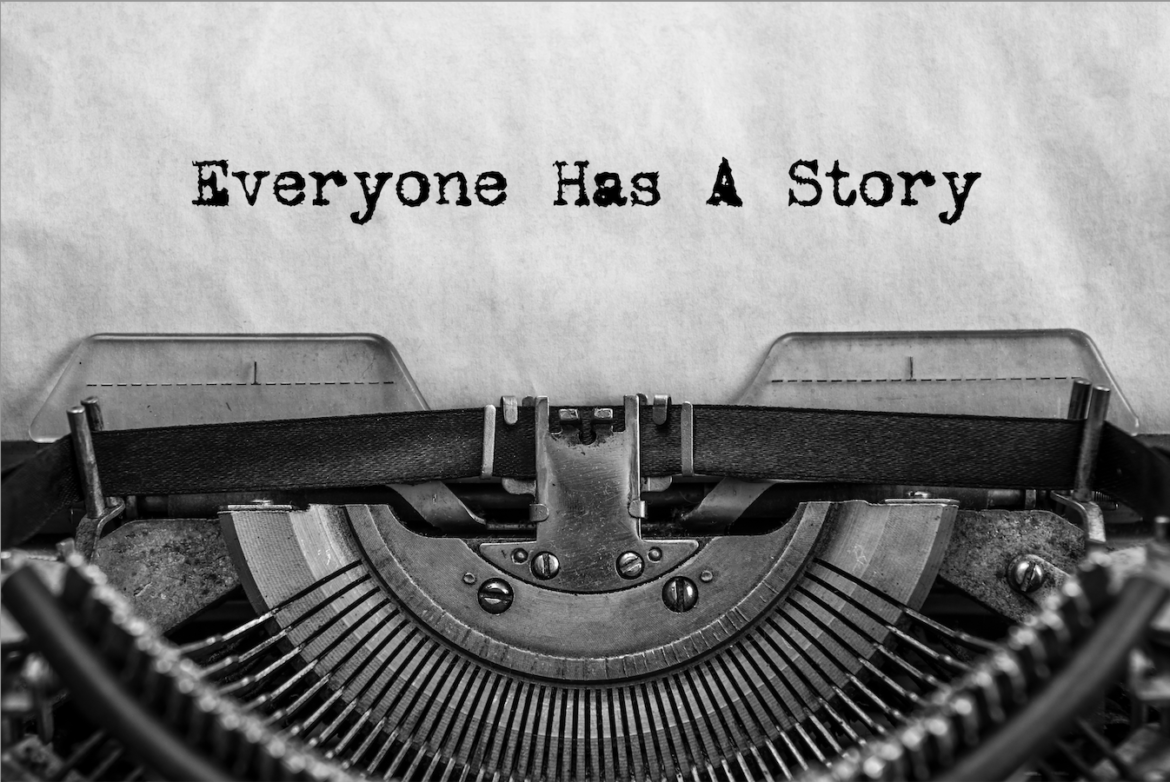Each has a story. His. Each is a story. His. To tell our story, to face adversity, bitterness, challenges and joys, it is necessary to have a web of memories, reflections, words and images. The more memories, reflections, words and images we are able to stitch together, the richer our story becomes with even very different parts, yet coherent and full of meaning. Without memories, reflections, words and images this “stitching together” joys and sorrows becomes very complicated. This is the case with adverse life events, catastrophes and bereavements. This is the case of a mourning that has been denied, disowned for years and years by our society, made unspeakable and therefore unprocessable.
The memory box is a valuable tool useful for returning memories, reflections, words and images to perinatal grief.
Its purpose is to keep a kind and truthful track of lives too short to be noticed or kept track of: the lives of expected and too soon lost boys and girls.
The memory box is a valuable tool for fostering family and social narratives of perinatal death, recognizing it as an integral and integrated part of the lives of thousands of people.
We human beings are born listeners of stories, and, if we are lucky, we are raised by storytellers: it is through stories that we have been able to pass on, generation after generation, the teachings, practices, experiences and happenings of life, the good and the bad. Each people, each group has its own collection of stories, each family in turn has its own family collection of stories, passed from mouth to mouth, from ear to ear, handed down one season after another.
One story after another, one generation after another, in the last seventy years the way of storytelling has changed a lot: the tools for telling stories have changed (just think first of TV, then of the net and social) and even the storytellers have changed (today everyone is telling stories from any platform, trying to get our attention by any means possible). Story themes were selected, one generation after another, (often based on their consumability) until certain stories were no longer talked about: some stories disappeared from shared narratives.
Some topics became taboo, and thus for a long time remained unspeakable.
Some stories, overnight, disappeared, cut off, erased from oral and written memories.
The stories of stillborn children, or children born and lived for very little, began to be muttered half-heartedly until they were hushed, soon becoming, and for several years, a non-topic. A subject that cannot be said about, that should not be said about, over time has become a subject that cannot be said about, that cannot be understood, and that is easily left aside. A non-topic memo. A theme deprived of a solid root of collective reference, too long silenced, becomes an uprooted theme, which each time, in order to be told, needs to start from scratch, to search for memories and words in an imaginary no longer shared.
The fear that our children’s stories, that their tiny dead bodies do (still do) to society is such that it has promoted, over the years, furious defensive barriers: since the 1970s, mothers have been sedated, so that they would not remember the misfortune, little bodies denied the gaze, so that the pain would be minimal, silence has been used to erase every fragment of the tragic experience, even the embodied fragments, from the tangible signs, denied those too. Births of stillbirths or deaths after birth for example have become unspeakable. “Ah, but that doesn’t count”-some colleagues still assert-“I only write in the chart the live births.”
The barriers of fear of dead children are defensive for those who erect them but are offensive to those who face them, those who bump into them while already forced to grope in the darkness of grief.
Fear and its defensive barriers are the number one enemy of grieving, because they prevent storytelling, tearing away memories, words, images and plots of meaning. They even go so far as to delegitimize the meaning that mothers and fathers want to give, to that child and that story. Insisting, with hammering and obtuse self-righteousness, that children are made over, that you cannot attach yourself to those you have never met, that life goes on. Asking us to skip that chapter of our story, not to give it too much space, or at least not to make it so long. Advising us not to make it so long, that we are not the first and neither will we be the last. Trying to let our stories fall into oblivion, even when we don’t want to.
For generations, up to my own, many women have guarded their stories of waiting, childbirth, love and death alone, without being able to tell anyone about them. They embroidered names of baptisms that never took place (the thousand“he would have called himself“), faces, likenesses and likenesses stolen out of pity or even in exchange for favors, with the thread of modesty and shame. The modesty of carrying for decades a pure, untarnished love that remained precious only to them, and the shame of being the ones with their son in the cemetery, or in the mass grave, or no one knows where, because they said it was better not to think about it.
Some of them, on the verge of death, broke their silence in front of embarrassed residents and stunned interns, completely unprepared to become custodians of secret memories, and narrated, lucidly and with vivid eyes about those children and that blood, those bluish hair and nails, those prohibitions and that lifelong silence. Some, on the other hand, carried with them, in the depths of their hearts, their wordless, untold and unspoken story.
Here are many things I learned from those women janitors, the talking women and the silent women: there is no story that is not worth telling. There is no story that cannot be told. There is no story that cannot be heard.
But: storytelling requires having images and words in custody. To listen, it is necessary for images and words to have ears ready to take in a story, to be captivated by it, granting it attention, without letting terror prevail (which taboo, on the other hand, can do very well). In order to tell stories, it is necessary to have a beginning, an unfolding and an end. Some stories, our stories, begin at the end. Some stories go back in time.
In many, too many cases, those stories, cannot be told, because there are not enough images and words to tell them, those stories, mutilated by the occasions of encounter, deprived of memory, deprived of a narrative space.
The woman who decides to become a mother and begins to think about the idea of a son or daughter; the man who chooses to become a father and begins to think about what he will do with his children after they are born; the sons and daughters who grow up, day after day in the months of waiting, grow up even if no one will see them alive, or if their lives will be very short. They grow and begin to trace relational plots with some precision, beginning in the second half of pregnancy, thanks to the flourishing of synapses that allow progressive immersion in the world; for many weeks the world will be made up of voices, hands, light and dark, stimuli and responses, actions and reactions. In that space where everything is in the making and nothing is yet accomplished the lives of our beloved children unfold: no predation of memories, no matter how aberrant and unjust, no prohibition against seeing, knowing, naming, greeting, burying, can ever steal these plots of senses unfolded in the months of waiting.
It may, if anything, prolong the mourning, but never, ever, erase what has been.
That is why, it would be time to go back to telling and listening respectfully to everyone’s stories. That is why, it would be time to learn how to use the memory box in hospital wards and overcome the walls hoisted by the fears and prejudices of those who came before us.
Yet it remains that something happened, perhaps a nothingness that is everything.
Eugene Montale


